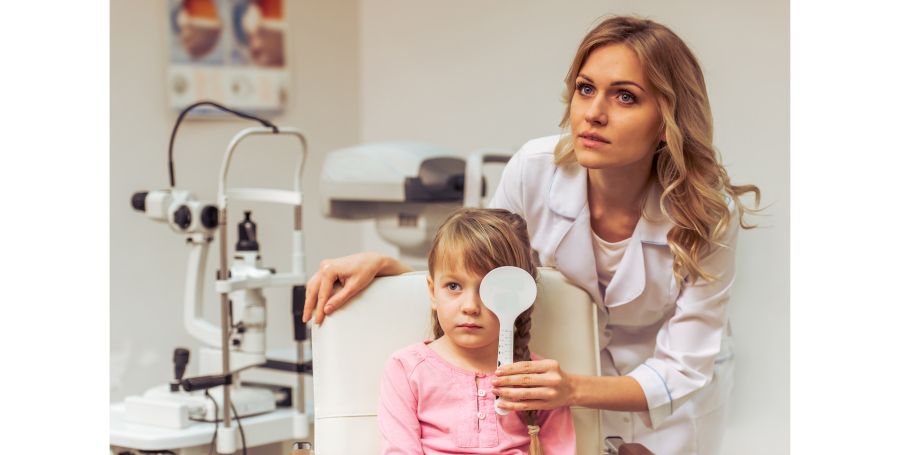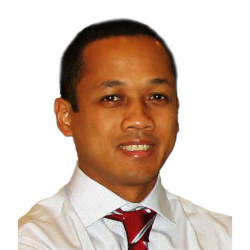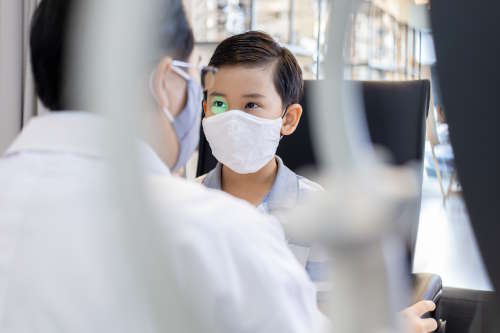

 by
Mamisoa Andriantafika
by
Mamisoa Andriantafika
New studies show conclusive results allowing an effective approach to limit the evolution of myopia in children.
Keep your reading distance and encourage outdoor activities.
Various situations of daily life are known to stimulate the evolution of myopia in children. Among them, a close reading distance is an aggravating factor.
Child must stay straight while writing or reading to keep a safe distance from his/her work plan. He should avoid to write lying on the sheet or read lying on the bed. Use of small screens like smartphones or portable consoles promotes too close vision. It is not so the light that promotes shortsightedness but the short distance that stimulates accommodation at close distance.
Lack of exposure to daylight is also an aggravating factor. Studies suggest that this factor partly explains the large proportion of myopes in Japan with nearly 80% compared to Australia with only 30%.
Why would limiting myopia be important? Not only to avoid glasses dependency.High myopia are associated to differents diseases as the lenght of the eye is too big, the most feared being a retinal detachment. Others more classic are cataract at young age or glaucoma. But the only distortion of the eye can simply induce a never optimal vision. Also, if we manage to limit myopia under absolute 9 dioptries, children can hope to benefit from refractive surgery at the adult age to get rid of their optic corrections.
Limit myopia helps to avoid its complications.
Instillation of diluted atropine can slow myopia by 70%.
Many studies have been published. Most efficient approach is the use of daily diluted atropine drops. This limits myopia by about 70%. Eventhough it is very efficient, it can induce secondary effect like pupil dilatation. It can bother the child at light exposure. It can also induce general secondary effect or have medical contraindications.
Very new studies to be confirmed with time show that the use of glasses with "multiple defocus segments" can limit myopia by 60%. This approach has the big advantage of avoiding secondary effects from atropine drops.
Some other studies show that orthokeratology i-e special night-wearing contact lenses that reshape the cornea, could limit the evolution of shortsightedness. Thoses studies are less powerful and the use of contact lenses during the night can induce important corneal complications.
Finally, the use of multifocal glasses or contact lenses could also work. But studies are even less powerful and efficiency is also lower.

The medical approach is adapted to each child. Depending on initial myopia, age, medical and familial history, and myopia progression, a strategy is chosen by your ophthalmologist.
To evaluate traitment efficiency, we are equiped with various instruments allowing precise biometry of the eye.
Children less than 9 years old and/or showing a greater than 1 diopter annual progression will probably be more indicated for atropine drops. Teenagers with moderate myopia may be more indicated with glasses with "multiple defocus segments". Your ophthalmologist will guide you best.
Each child require a customized approach.
When the child enter this protocol, we do a biannual medical and biometric checkup to assess objective optical anomalies without and under cycloplegic et axial length. This allows to have a very objective evaluation of myopia progression.